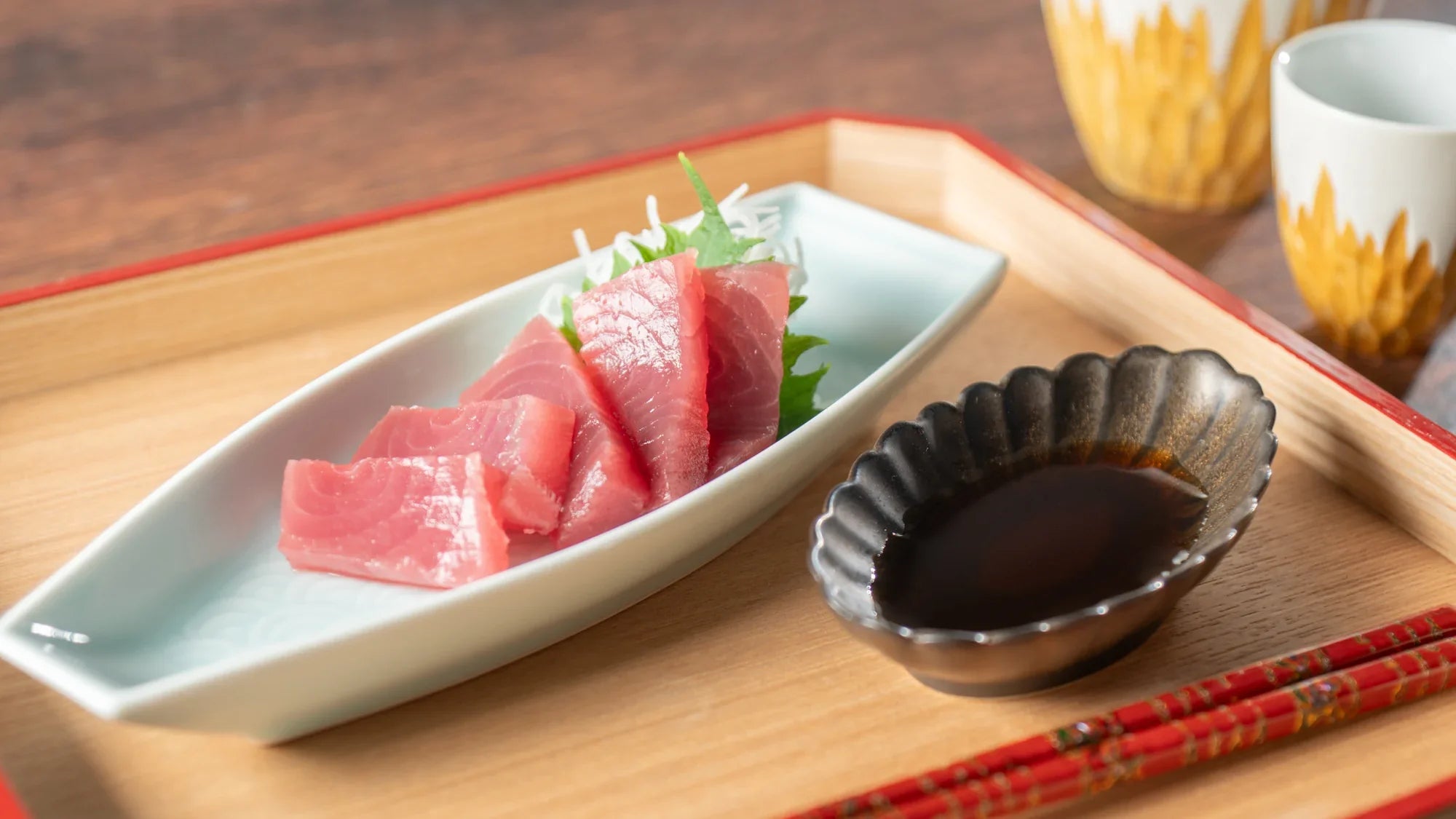
Tracing the History of Tuna in Japan
Written by Ito Ryo
Sushi is undoubtedly the most popular Japanese cuisine both in Japan and abroad, with maguro, or tuna, being one of the most favored toppings for Japanese and foreigners alike.
In this article, you'll explore the fascinating world of tuna, a cherished ingredient in Japanese cuisine. Get an exclusive look at the auction scenes at Toyosu Market and uncover surprising facts about its culinary history.
Table of Contents
How is Tuna Sold at Japan's Largest Fish Market?

It is said that one-fourth of the world's tuna is consumed in Japan, making it one of the largest tuna-consuming countries globally. Currently, about half of Japan's seafood, including tuna, is bought and sold at fish markets nationwide. Among these, the largest in terms of transaction value and volume is the Tokyo Metropolitan Central Wholesale Market, commonly known as Toyosu Market, situated in Koto Ward, Tokyo. In 2023 alone, approximately 290,000 t of seafood were traded at Toyosu Market.
Over 600 types of fresh fish are traded at Toyosu Market, but the star of the show is the tuna auction, a major attraction often featured in guided tours.
Let's dive into how tuna is bought and sold at Japan's top fish market before it makes its way to us.

Around 4:30 AM, rows of tuna are laid out in the auction hall, a dedicated trading area. About an hour before the auction begins, buyers, including those from within Toyosu Market and retailers, use flashlights to inspect the quality of the tuna by examining the cross-sections of the tails. Some even touch or tap the tuna with their fingers to assess their quality.
One of the factors that determine the price of tuna is the amount of fat in the section of the fish known as toro. However, the methods used by buyers to assess this vary. They consider whether the fish is plump and how it reflects light when illuminated by a flashlight. They may also tap on or touch a cross-section of the fish to check the texture and fat content by hand.

Additionally, in the case of frozen tuna, the fatty toro portion remains soft and does not freeze. Thus, buyers check the amount of fat by the sound it makes when tapped or by the texture when they insert the metal tip of a tool called a tekagi (a hook on a wooden handle) into the flesh. They also assess the quality of the fat by examining the thickness of the cut made in the belly area. It takes at least 10 years of experience to become proficient in accurately assessing the quality of tuna, making it a highly skilled task.

Around 5:30 AM, the sound of a bell rings out, signaling the start of the auction! Under the rhythmic calls of the auctioneer, prices are set using hand signals known as teyari, and the tuna is auctioned off one after another. Each day, about 200 fresh tuna and around 1,000 frozen tuna are traded, all within about an hour. The auction concludes around 6:30 AM.
After the auction, the tuna is delivered to buyers within the market, where it is sold directly to chefs and others. It is also sent to various dining establishments, including sushi restaurants, and to both large and small fish markets.
Pacific Bluefin Tuna, Treasured as the "Diamond of the Sea"
Among these, Pacific bluefin tuna and southern bluefin tuna are especially popular for their rich, flavorful red flesh and excellent fat content. The most highly prized and expensive is the wild-caught domestic bluefin tuna, often referred to as the "diamond of the sea" or the "black diamond."

The market price for wild-caught domestic bluefin tuna ranges from about 7,000 to 30,000 yen per kilogram for top-quality fish. This means a 200 kg tuna can cost between 1.4 and 6 million yen, yielding around 8,000 pieces of sushi. At this stage, a single slice of tuna, weighing about 12 to 15 g (0.4 to 0.5 oz), would cost approximately 175 to 750 yen. By the time it reaches consumers, the popular fatty part known as chutoro can be found at conveyor belt sushi chains for around 220 yen per piece, and at high-end sushi establishments for about 1,600 yen per piece.
Nowadays, wild-caught domestic bluefin tuna is recognized as a premium ingredient, with the fatty toro portion being particularly prized. However, it might be surprising to learn that its popularity only surged after World War II.
The Surprising History of Tuna: From Undervalued to Prized

Back in the Edo period, the tuna varieties, including bluefin tuna, sold at the Nihonbashi Uogashi market were caught in regions like Tohoku, Hokuriku, Chugoku, and Kyushu. Without modern refrigeration and preservation, the tuna would lose its freshness and become unpleasant by the time it reached Edo, leading to its reputation as gezakana, "low-grade fish." This was also true in Kyoto, Osaka, and other major cities in western Japan.
Instead of being eaten, the tuna was often turned into fish oil for lamps, with the leftovers used as fertilizer.
Eventually, in the late Edo period, large quantities of tuna began to be caught in the Kanto region around Edo, allowing relatively fresh tuna to be delivered to Nihonbashi. At that time, tuna consumption in Edo increased due to the invention of nigiri and the practice of marinating tuna in soy sauce with a high salt content from present-day Chiba Prefecture. This method suppressed the smell of the red meat and allowed for longer preservation. A piece of tuna nigiri cost about 100 to 200 yen in today's currency, making it an affordable topping, costing only half to a quarter of what sushi made with a slice of tamagoyaki egg would cost.

Around the same time, the rapid increase in Edo's population led to a surge in food demand, further boosting tuna consumption. However, the fatty toro portion was disliked for its perishable nature and was considered unsuitable for raw consumption. It was sometimes cooked and used in hot pot dishes, but more often than not, it was discarded. These practices persisted until after World War II.
Thus, we can see that the value of tuna in Japan was once exceedingly low, a stark contrast to its current popularity.
Dramatic Increase in Value of Tuna After World War II
Tokyo’s seafood trading hub shifted from Nihonbashi to Tsukiji, but the relatively low regard for tuna as a food ingredient didn't change much. Tuna’s transformation into a widely enjoyed and high-end fish actually occurred within the last fifty years.

Several factors contributed to the dramatic change in tuna's reputation during this time, one of which was the rapid development of freezing (refrigeration) technology after World War II. This led to a significant improvement in quality and freshness during distribution of both the lean red meat and fatty toro. As a result, tuna began to be appreciated as a delicious fish choice, leading to higher prices. The technological innovations of the 1970s, which allowed freshly caught tuna to be rapidly frozen at ultra-low temperatures of minus 60 degrees Celsius on fishing vessels, were revolutionary in enhancing the quality of tuna.

Moreover, as Japan's economy rapidly developed and people began to experience greater prosperity starting in the 1960s, their tastes quickly westernized. This shift led to a growing preference for fatty, richly flavored and sweet-tasting toro, similar to Western dishes and ingredients. As a result, the demand for toro increased, driving up its price. It's said that Japan's economic boom—the bubble economy of the late 1980s and early 1990s—further accelerated this trend.
Thus, tuna, especially toro due to its limited availability from each fish, became a popular and premium ingredient not just in Tokyo but all across Japan.

In recent years, there has been a global trend towards actively consuming fish, which are considered safer, more nutritious, and healthier compared to beef or chicken. This has led to an increase in international demand for tuna. At the same time, overfishing and other factors have led to a decline in tuna supply. To protect limited resources, countries around the world have set tuna catch limits. As a result, the reduced availability of tuna continues to drive up its price.
As of early July 2024, it has been reported that the price of southern bluefin tuna, known for its excellent fat content comparable to Pacific bluefin tuna, has dropped in Japan. At around 1,700 yen for 200 g, the retail price is reported to be about forty percent lower than usual.
The reason for the price drop is that, as the COVID-19 pandemic settled down, import volumes recovered, and the catch quota allocated to Japan by international organizations increased, leading to an abundant supply of southern bluefin tuna. Additionally, as southern bluefin tuna is not as well-known as Pacific bluefin tuna, there is also an oversupply of frozen stock that can be stored for long periods. This has also resulted in a price decrease. Given the recent overall rise in tuna prices, this is welcome news for consumers in Japan.

Whether tuna is enjoyed at home or at dining establishments like sushi restaurants, deep gratitude is owed to the efforts and expertise of those who make this possible.
Toyosu Market
6 Toyosu, Koto-ku, Tokyo
135-0061



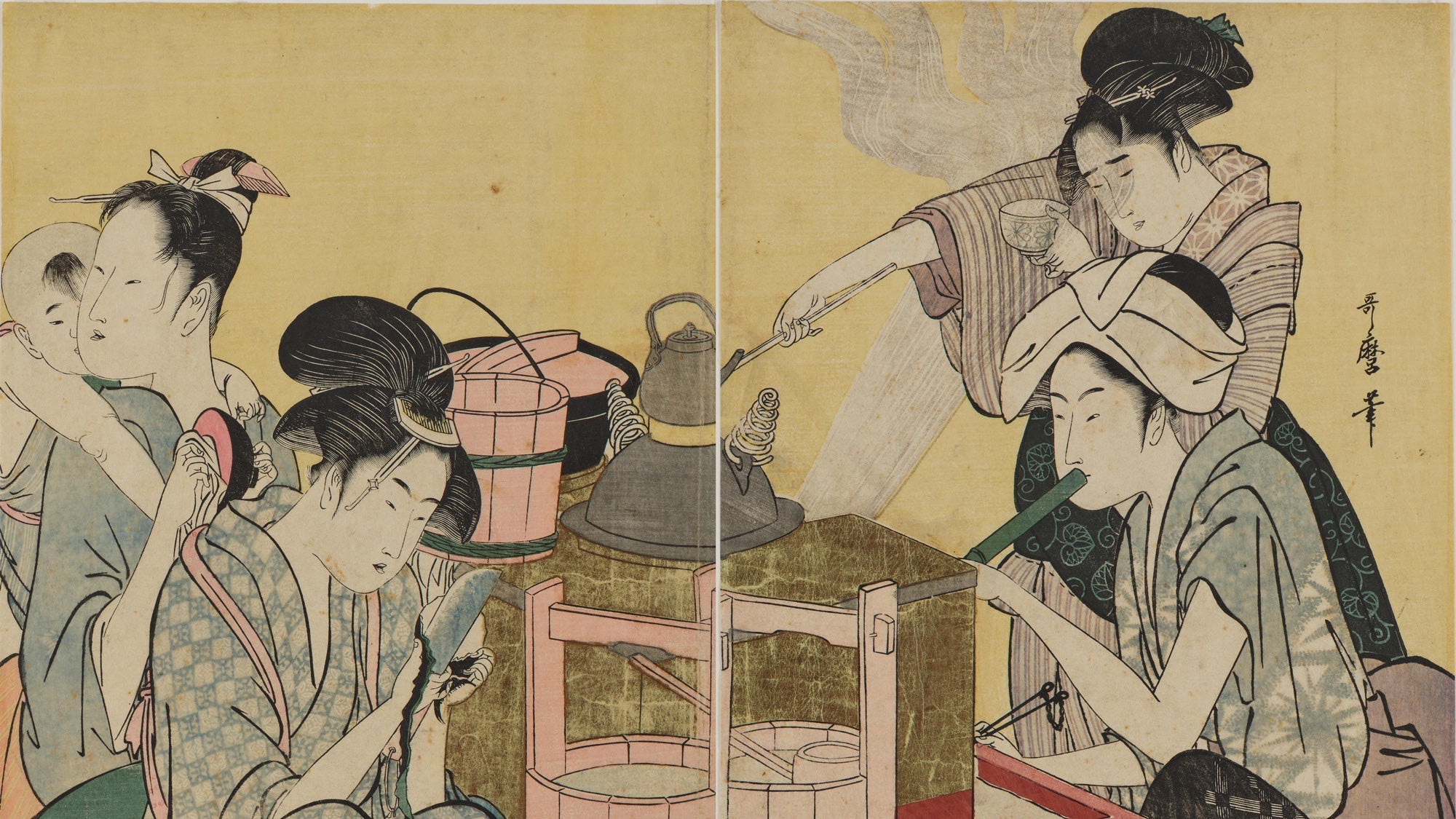

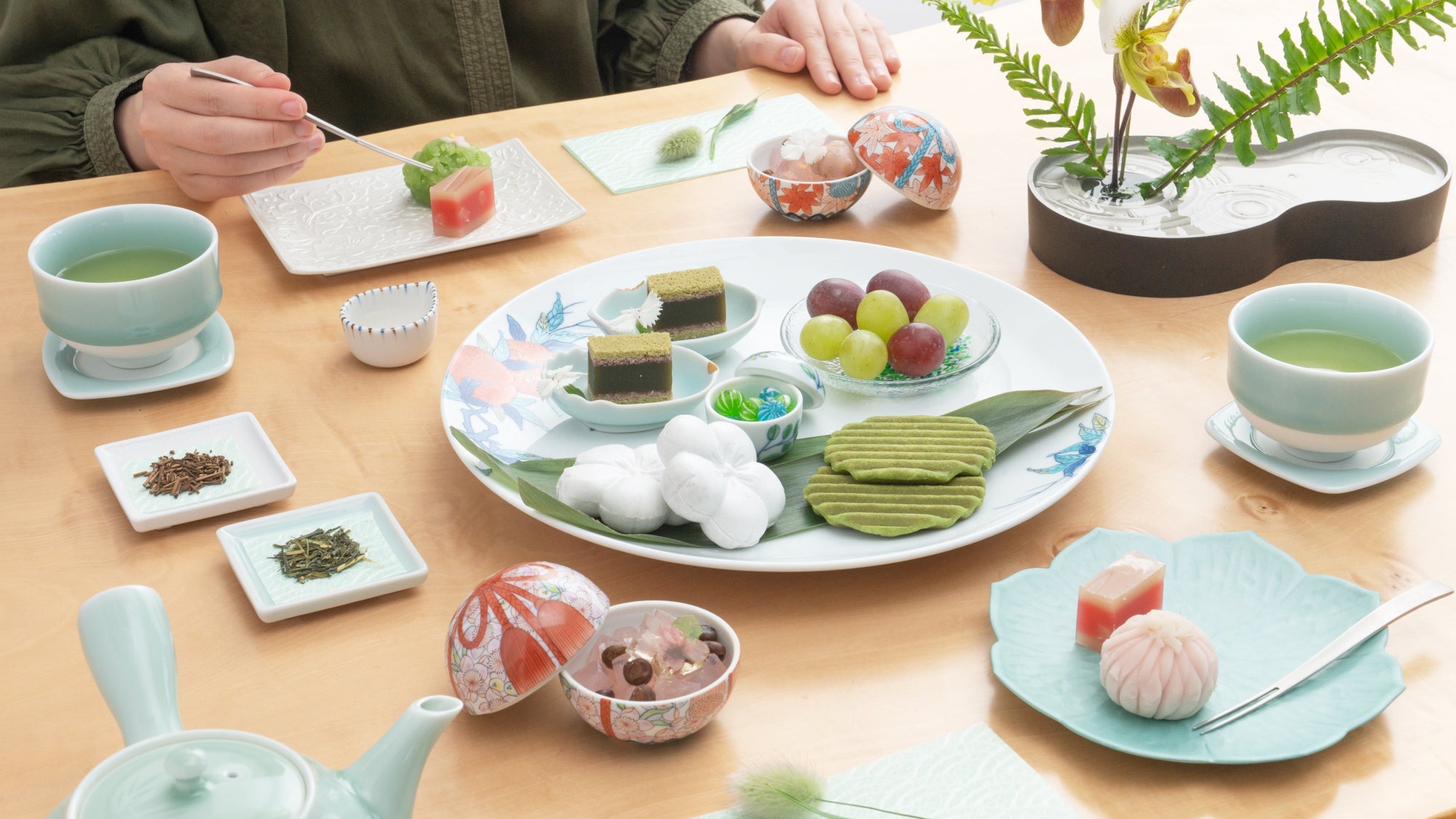
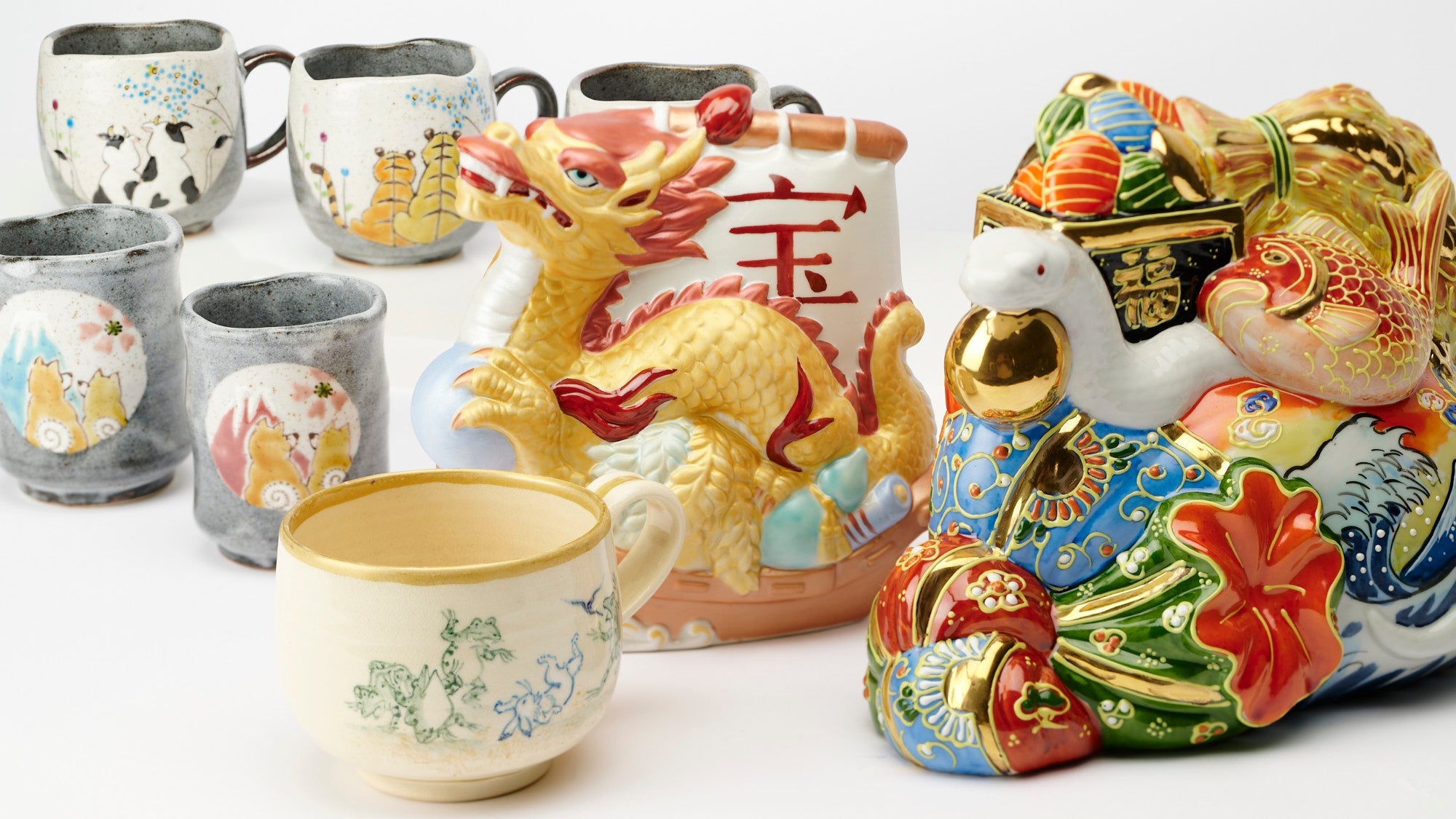

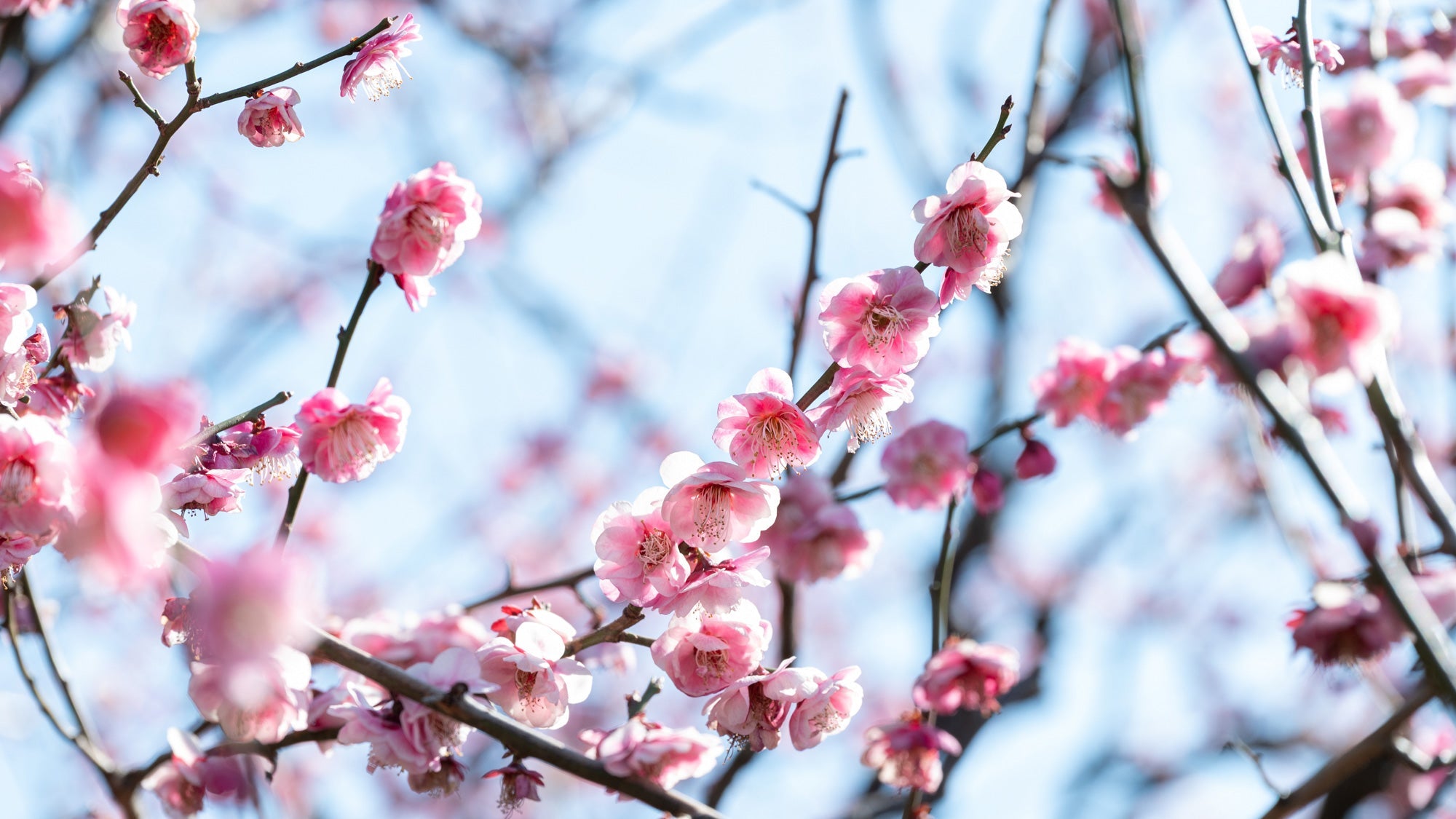
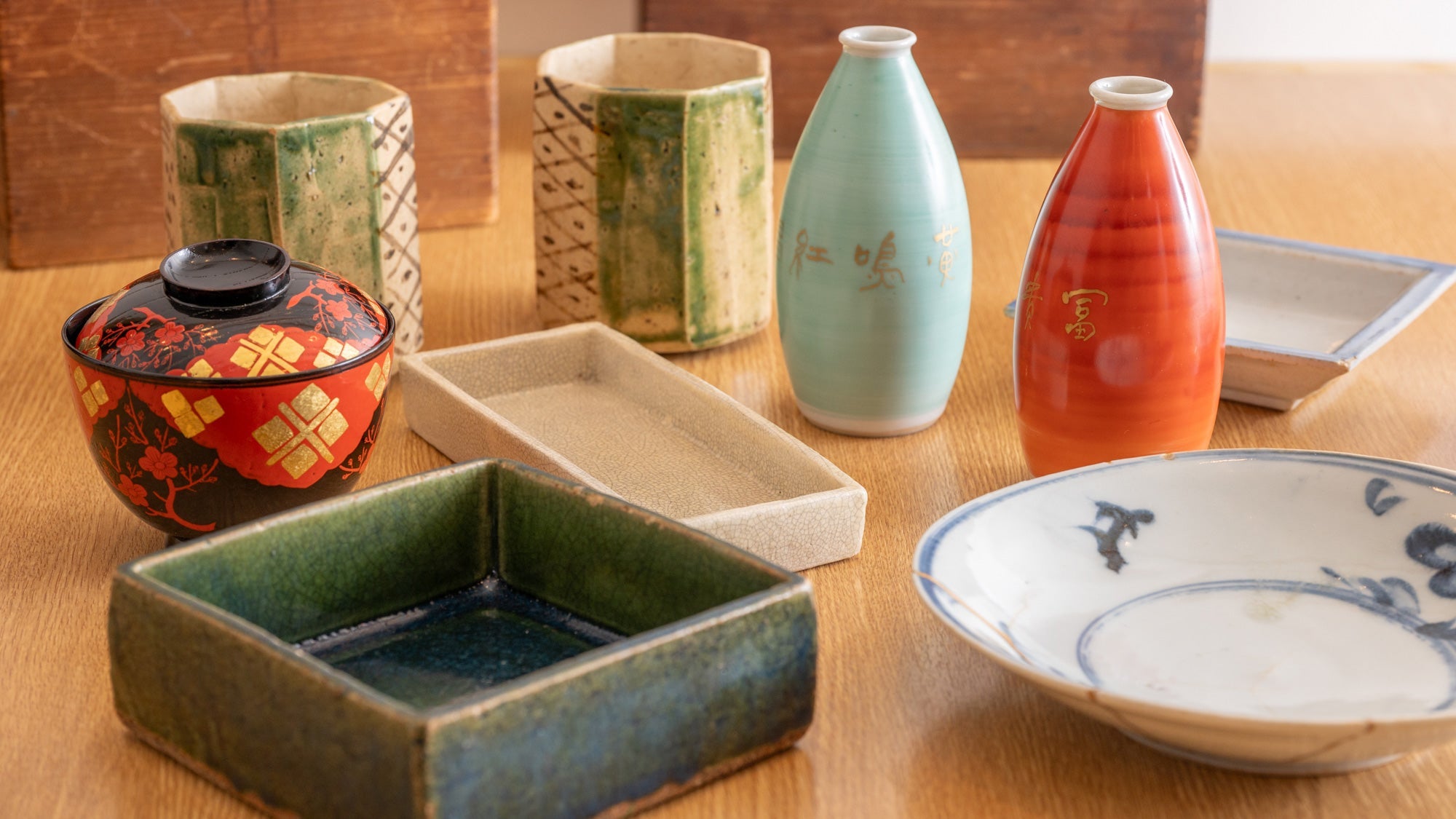
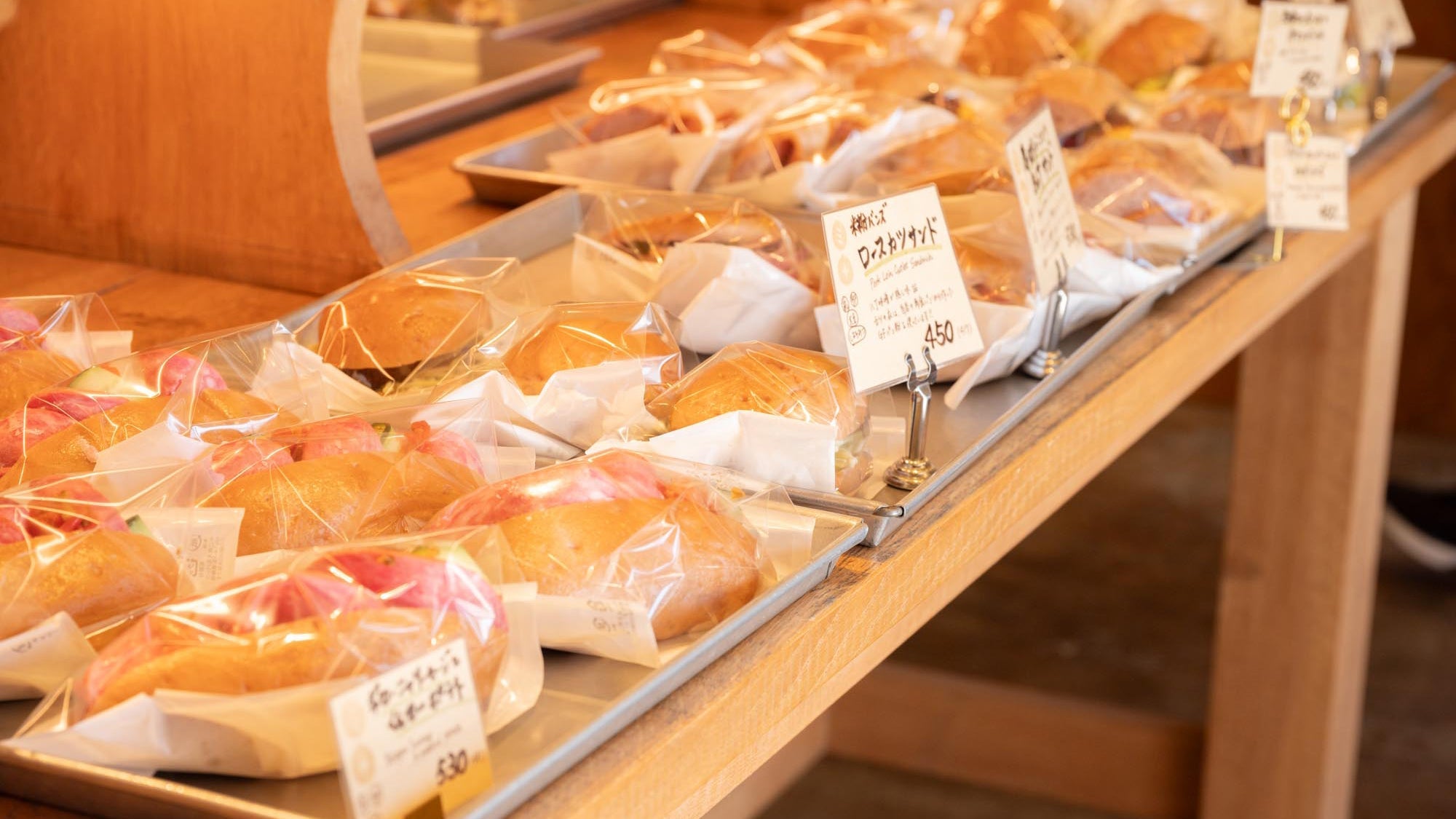
Leave a comment
This site is protected by hCaptcha and the hCaptcha Privacy Policy and Terms of Service apply.